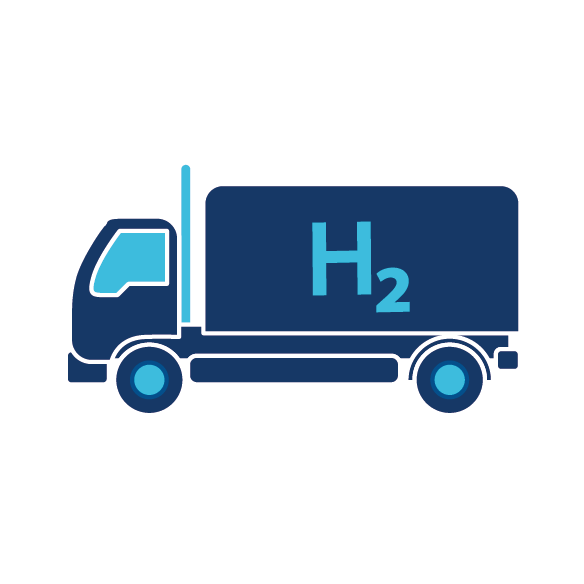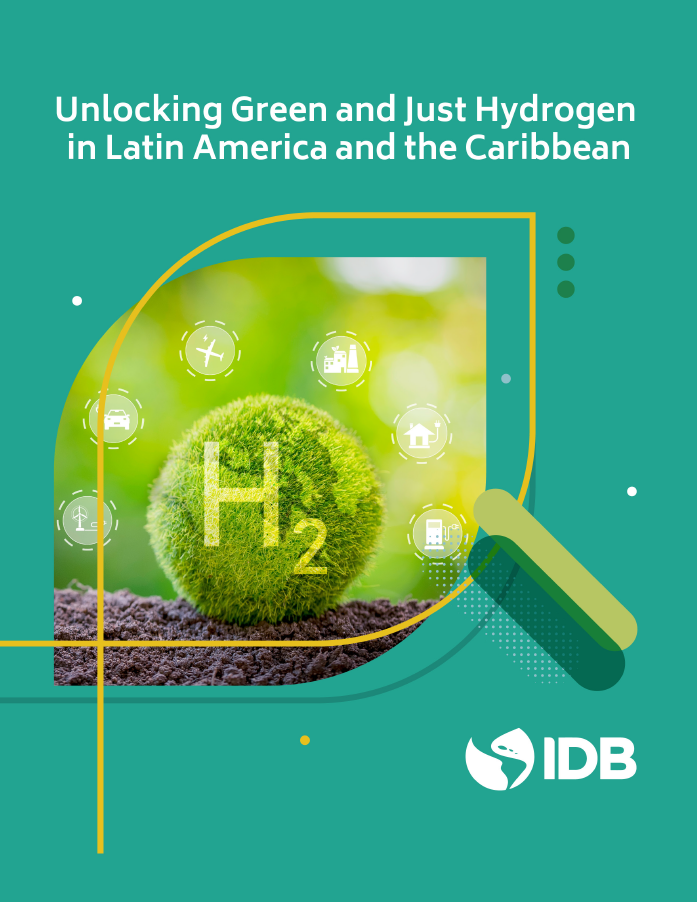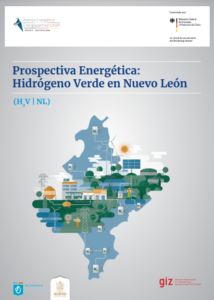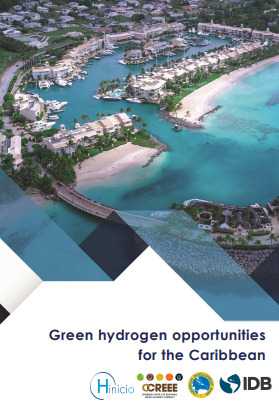In recent years, many Latin American and Caribbean (LAC) countries have taken decisive steps to develop a hydrogen market. These national economies have integrated hydrogen into their energy policies and GHG reduction goals, while also developing projects, establishing partnerships, and promoting international cooperation agreements.
In response to this development, Hinicio and New Energy decided to measure the evolution of the renewable and low-emission hydrogen market, by creating the Hydrogen Economy Index Latin America & The Caribbean (H2LAC Index) in 2021. This index provides a comprehensive view of the key factors driving the adoption of the hydrogen economy in the region over time. For the fourth consecutive year, the H2LAC Index serves as a tool to facilitate market decision-making and promote constructive discussions on the development of the hydrogen industry in LAC. The index considers five categories:
-
- Public policies, incentives, and regulations at the national level.
- Level of development of the ecosystem at the national level.
- Number of projects in operation or under development.
- Areas of current application and penetration of renewable hydrogen at the country level.
- Level of international cooperation and export planning.
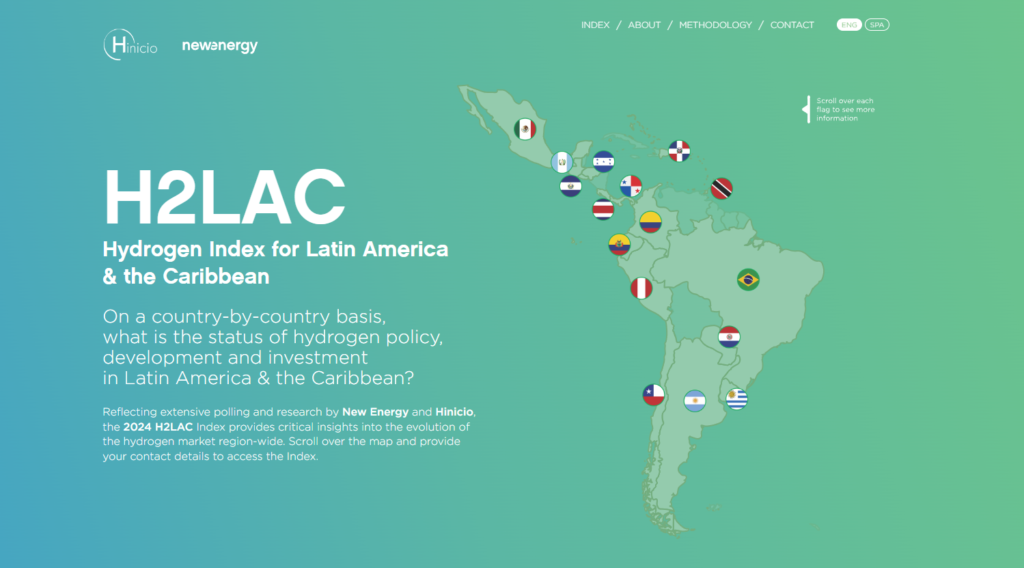
Hydrogen Index for Latin America & the Caribbean (H2LAC Index) – Source: Hinicio and New Energy
The H2LAC Index serves as a tool to facilitate market decision-making and promote constructive discussions on the development of the hydrogen industry in LAC.
History of the Index since 2021
Since its launch in 2021, Chile, Costa Rica, Brazil, and Argentina were identified as the leading players in this market. There were 35 industrial-scale hydrogen projects counted, with five already operational and thirty under development, excluding R&D projects. Additionally, only Brazil, Chile, Colombia, and Paraguay had launched their hydrogen roadmaps, strategies, and/or programs, and hydrogen partnerships had already been established in Chile, Brazil, Colombia, Mexico, and Peru.
By 2022, the leadership order shifted. Chile, Colombia, Brazil, and Uruguay emerged as the countries with the most advanced hydrogen development in the region. This change was attributed to government initiatives in implementing initial regulations and incentives, as well as the commitment shown by various private sector actors in developing national projects. As a result, most countries in the region observed growth rates of over 50% in the adoption of this technology. Furthermore, for the first time, Central American countries like Panama, the Dominican Republic, El Salvador, and Guatemala showed interest in developing hydrogen projects. Across the region, there were a total of 84 projects in operation or development.
In 2023, the results revealed that nearly all LAC countries had developed or were developing a national strategy or roadmap to be published by the end of that year. Between 2022 and 2023, Argentina, Costa Rica, Ecuador, Panama, Peru, and Uruguay launched their national strategies. Additionally, a significant 74% increase was observed in the number of hydrogen projects compared to the previous index, reaching a total of 150 projects, with Brazil and Chile accounting for almost two-thirds. The results also highlighted the importance of national partnerships and fostering strong hydrogen ecosystems to encourage public and private sector involvement, as well as maintaining the interest of international cooperation organizations. Finally, countries like Peru, Guatemala, and Ecuador started attracting significant interest from international organizations.
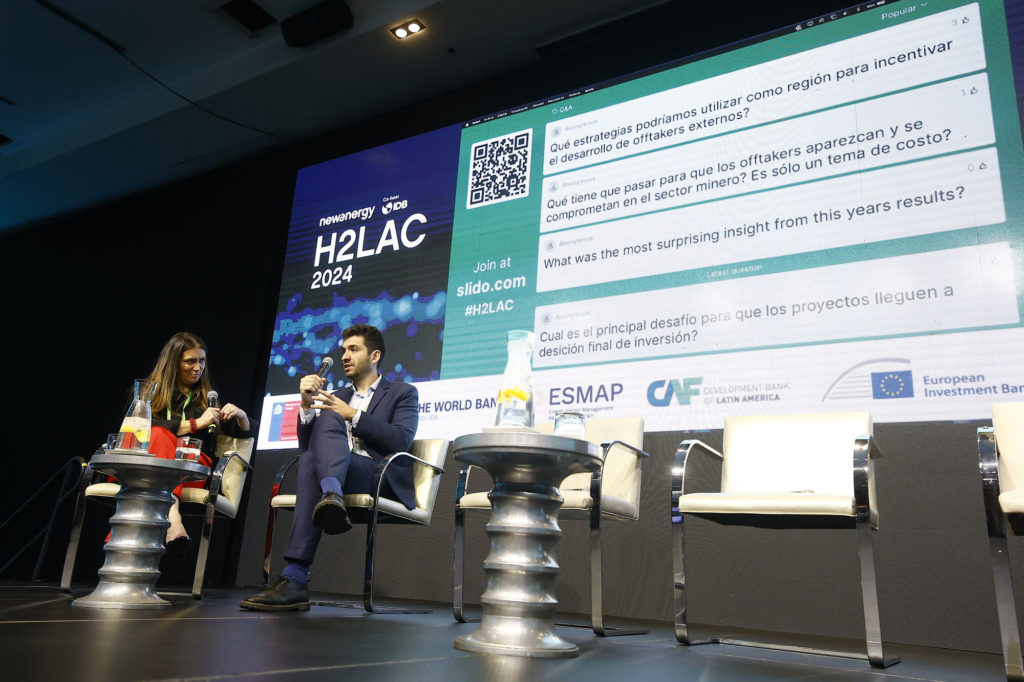
4th Hydrogen Congress for Latin America & the Caribbean – Source: New Energy
In 2023, the results revealed that nearly all LAC countries had developed or were developing a national strategy or roadmap to be published by the end of that year. Between 2022 and 2023, Argentina, Costa Rica, Ecuador, Panama, Peru, and Uruguay launched their national strategies.
2024 Results
What are the most outstanding findings identified in the index?
During the 4th Hydrogen Congress for Latin America and the Caribbean – H2LAC 2024, held in Santiago de Chile, Germán Villarroel, Head of Hinicio Chile, presented the official results of the H2LAC 2024 Index. Here are the key findings:
Chile, Brazil, Colombia, and Uruguay occupy the top four positions, maintaining their leadership. Brazil moved up to second place, displacing Colombia to third. This is due to Brazil attracting significant international interest and signing several memorandums of understanding (MoUs), partly due to its ports with export capacity that plan to become hydrogen hubs. In terms of sectors and the application of hydrogen at the national level, the first three countries in the ranking, along with Argentina, exhibit a high level compared to the others, which show minimal or no progress. Similarly, regarding public policies and regulations, Colombia and Uruguay lead the ranking, while Chile continues to stand out for its high number of projects under development and/or in operation.
The index also reveals that Uruguay, Costa Rica, and Argentina are positioned as promising contenders in the market. Costa Rica stands out for its operational projects targeting the local market and growing international interest due to its abundance of renewable electricity, as does Argentina. In contrast, Uruguay is making considerable progress in regulatory development, and the number of projects is expected to increase in the coming years.
Additionally, Peru moved up two positions, and the Dominican Republic three positions from the previous index. The Dominican Republic, together with Mexico, started to show an interesting level of international cooperation and export planning. The index also shows that Ecuador is having projects under development and that Barbados has begun to appear on the market map.
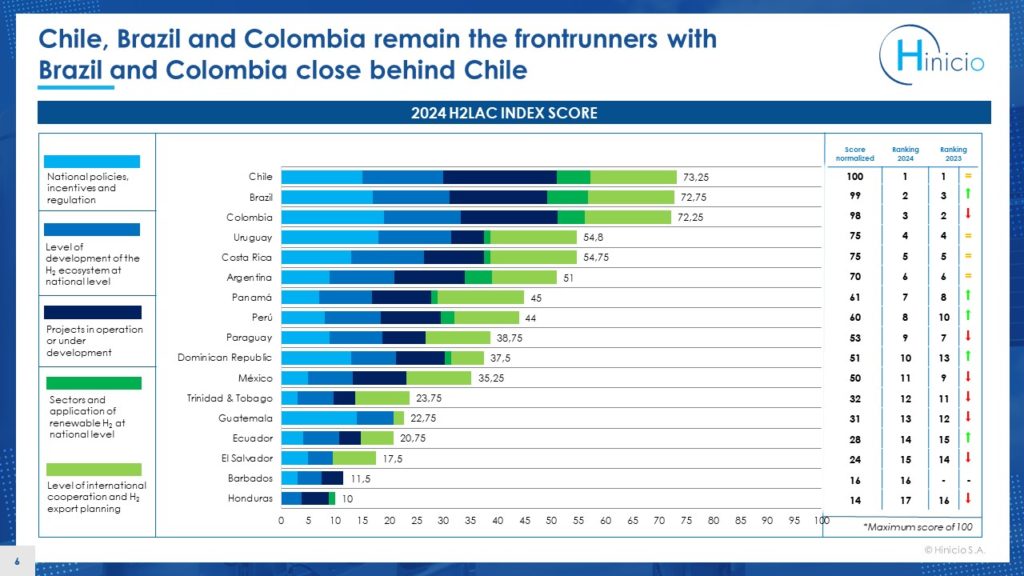
Hydrogen Index for Latin America & the Caribbean (H2LAC Index 2024) – Source: Hinicio and New Energy
Chile, Brazil, Colombia, and Uruguay occupy the top four positions, maintaining their leadership. Brazil moved up to second place, displacing Colombia to third.
Based on this regional development, the H2LAC Index created the following categories to group the countries:
- Frontrunners: These countries have identified their competitive advantages by supporting the development of a regulatory framework and local ecosystems in recent years. These are Chile, Brazil, and Colombia.
- Promising contenders: These countries possess strong renewable resources and have great potential to expand their hydrogen ecosystem with adequate support from public institutions. This group includes Uruguay, Costa Rica, and Argentina.
- Fast followers: These countries aspire to become future hydrogen hubs. They have actively defined their role by creating roadmaps and enacting specific legislation. This group includes Panama, Peru, Paraguay, the Dominican Republic, and Mexico.
- Early explorers: These countries are in the early stages of developing their hydrogen ecosystems and are exploring how to integrate this technology into their economies. These countries are Trinidad and Tobago, Guatemala, Ecuador, El Salvador, Barbados, and Honduras.
Although the Latin American and Caribbean hydrogen ecosystem is growing, with significant progress at the local and regional level, challenges still hinder its development:
-
- Final Investment Decision (FID) Approval: Securing final investment approval for projects remains a major hurdle.
- Infrastructure Development: Developing robust infrastructure for hydrogen production and storage is crucial.
- Demand Stimulation: Increasing local demand requires incentives associated with decarbonization measures and addressing cost differences between countries.
Questions about the index? Contact us at: chile@hinicio.com and colombia@hinicio.com.


